This is a hot topic that is often debated. What is “modern” and how do we define “contemporary.” These two concepts are often used interchangeably and can even be found listed as synonyms. They can be appropriately used like this in the sense of the word, however, there is a fine line that separates the two. This line is so discrete that it is almost invisible at times.
In this discussion on the difference between modern and contemporary design, I will use bathrooms as an example but these concepts apply to far more. These terms are relevant to architectural structures, exterior facades, as well as the many facets of interior design.
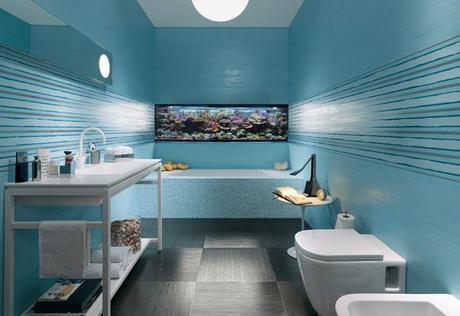
What’s the Difference Between Modern and Contemporary?
Let’s start with the simple definitions of both to understand the meaning of these terms apart from architecture and design. This will help to clear away some of the confusion and give us a firm starting point. Here are the definitions as defined by the Merriam Webster’s Dictionary:
Modern : of or relating to the present time or the recent past.
Contemporary : happening or beginning now or in recent times.
If you’ve read this and become even more confused, don’t worry because you’re not alone. This is what often leads people to assume that the two are the same. Although the definitions are similar in English Literature, they are simply not the same when taken in the context of design and architecture.
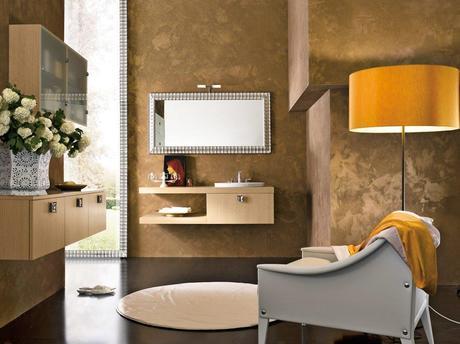
Modern Design and Architecture
One thing is for sure, we may not know where it ended but we can all agree where it started. Modern design began following the demise of traditional gilded furniture, heavy metals, and carved woods. Often referred to as Mid-Century Modern, this style became prominent in the Mid 20th Century. Some would argue that it lasted until as late as the 1960′s and 1970′s while others suggest that this period is part of the Post-Modernism Era (we will get to this later). Still others question if Modern design has ended at all.
Here’s what we know about modern style. Modern is a static term used to describe a specific time period and as such, must adhere to a certain set of rules. Some common characteristics and features of modern homes are large windows, high gloss finish, and chrome accents. Modernist designs follow minimalist expressions, simple lines, bold colors, and unadorned decor. White is expansive and black provides a feeling of elegance. Together black and white help to create open and airy bathrooms that elicit a sense of modish luxury.
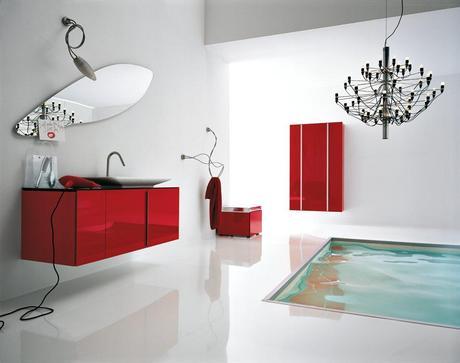
Materials used in modern designs also follow a certain pattern. You will note leather, polished metals, plastic, molded plywood, and teak. Furniture tends to have an open design that makes the space feel larger than it actually is. Openness is accomplished in the bathroom with the incorporation of floating vanities and glass shower enclosures that maximize perceived dimensions.
Now let’s take a look at the very similar, yet unique traits of contemporary designs that are influenced by a wide-range of sources.
Contemporary Design and Architecture
Generally speaking, contemporary style means what’s happening right now; what’s popular and trending today. This ever changing and elusive concept is noticeably more sophisticated and architecturally advanced than modern designs by nature.
Pulling elements from Futurism, Deconstructivism, and Art Deco Periods, contemporary styles have been influenced by changes in modern technology and social interconnectedness. As the internet and telephone have connected more people, our lifestyles have also become intertwined. You will find elements from different cultures blending into something completely new and innovative. Contemporary is an ever evolving term in design and is difficult if not impossible to pin down.
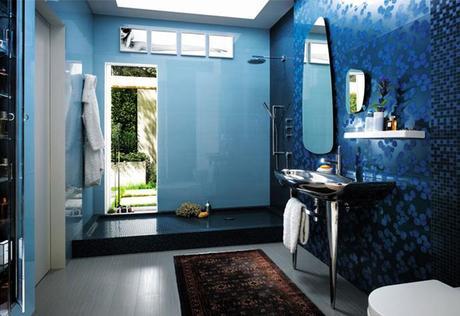
While modern is a static term, contemporary is very subjective. It depends on how well you keep up with the times. What’s contemporary today may not be so tomorrow. Ever heard of the term, “That’s so yesterday’s news.” As you can tell, this is a topic that can be argues both ways.
Contemporary designs incorporate open plans and are often asymmetrical. Anything that is new, innovative, and revolutionary is seen as contemporary. Colors tend to be more natural, implementing neutral tones. You can see examples of this by reading my previous post about soft-neutrals trending in recent times. Aside from that, an interesting change has been seen in the materials used. Here we see shifts in culture affect design.
Society has become more inclined towards eco-living and as a result, we are seeing more recycled products, composite materials, rubber woods, and reclaimed woods being used. Green living was once thought of as a fad but many (including buyers/clients) have become dedicated to protecting the environment and being “Smart Consumers.” You’d be surprised to know how much things like water conservation can affect you.
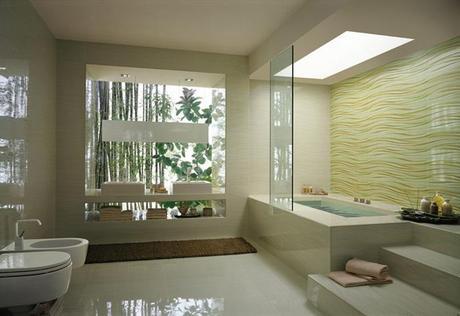
Comparing Modern vs Contemporary
In a nut shell, contemporary designs are more futuristic, cutting-edge, and innovative. It is also more extreme and often stimulates discussion because of its inclination toward never before seen ideas, styles, and techniques. Modern, on the other hand, must stick to a certain set of rules as defined by it’s historical time period. Although I have attempted to communicate a broad understanding, there is no decisive answer on this issue because of the nature of the topic.
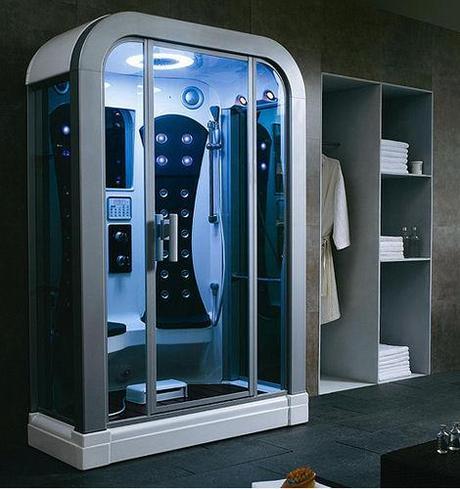
As time continues to evolve, it is unclear how the two will blend as modern begins to envelope contemporary and vice versa. Contemporary designs continue to become refined with new definitions and styles each day. When contemporary designs incorporate modern elements, these lines become blurred and some question whether this tendency falls in to yet again another category; transitional. But that’s another story for another day! I realize that views on this topic are wide-ranging so I encourage you to get in touch and spark up a discussion! Let’s see where we stand at the end of 2013!
Images via Pinterest.
About this Post
This post was written on behalf of TradewindsImports.com by Cheryl Khan who is an interior designer and freelance writer. She enjoys hearing feedback from others and welcomes discussion so feel free to find her on Google+ or send her a tweet @SuperInteriors!
